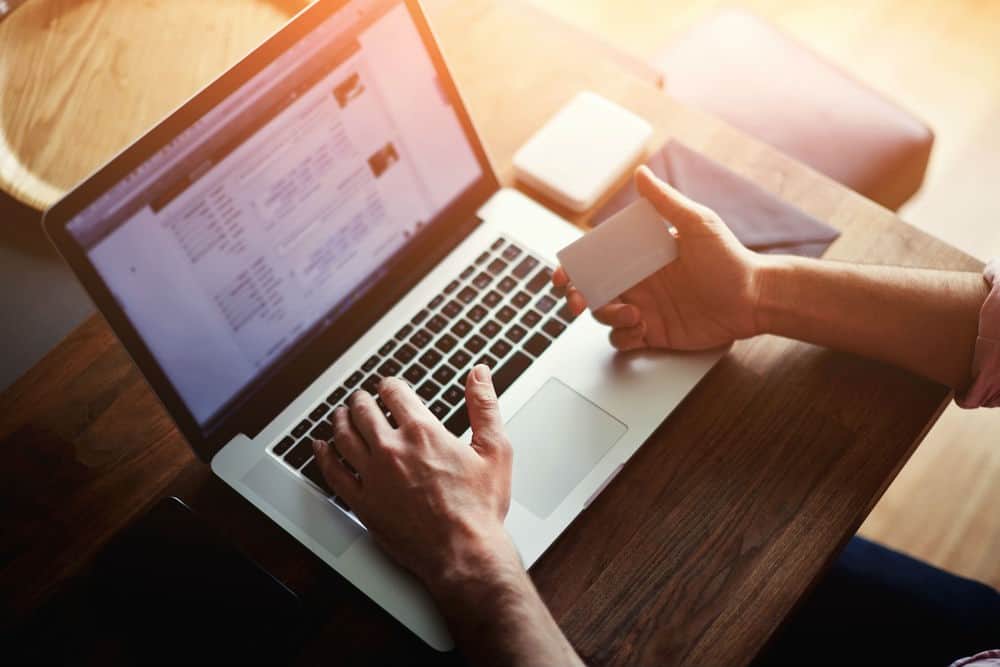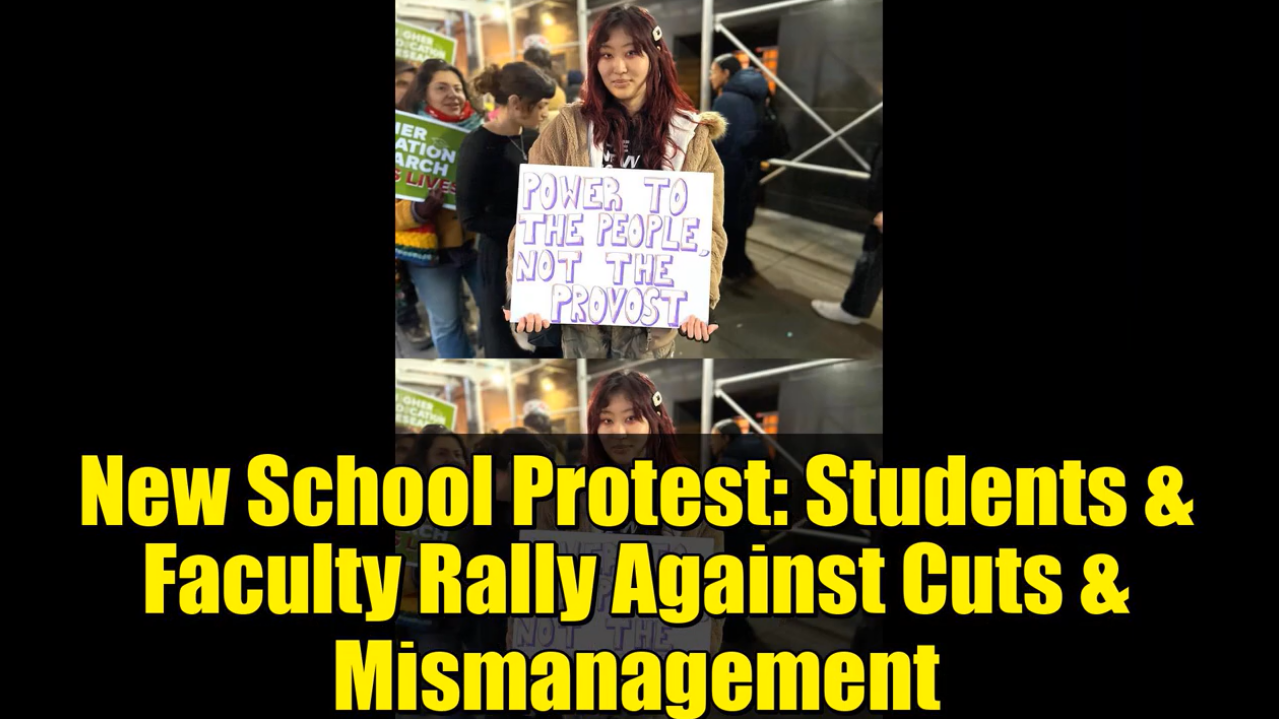Image Source
As you go about your day making routine purchases, an unexpected overdraft fee may appear on your account statement. An overdraft occurs when a transaction exceeds the available balance, prompting the bank to cover the shortfall—typically at a cost.
These fees can add up quickly, creating financial strain. However, while an overdrawn account can be a setback, it is a manageable issue. By taking the right steps, you can resolve the situation and implement strategies to strengthen your financial habits moving forward.
What are Overdrawn Accounts, and How Do They Work?
An overdraft occurs when consumers don’t have enough money to pay for a transaction, but the bank pays the transaction anyway. This essentially creates a temporary loan from the bank to the account holder, allowing the transaction to go through despite insufficient funds.
Further, when a bank account is overdrawn and have no money, it means the account balance has dropped below zero, usually due to spending more than what is available. This can happen when checks, debit card transactions, automatic bill payments, or bank fees exceed the available funds.
Some financial institutions offer solutions like linking a checking account to a savings account or credit line to prevent these situations. However, these alternatives also come with terms and conditions that should be carefully reviewed before enrolling.
A reasonable way to avoid overdrawing an account is to monitor balances regularly and be mindful of pending transactions. Deposits may not always clear immediately, so even if money is added, there’s still a risk of overdrawing.
Having a financial buffer can help avoid these fees, but for those who frequently find themselves in this situation, it may be time to explore better budgeting strategies or alternative banking options.
Immediate Actions to Take When Your Account is Overdrawn
Here are some steps consumers can take in the event of an overdrawn account:
- Make a transfer to cover the charges. The first step is to cover the deficit and avoid additional fees by transferring from a linked savings account, emergency fund, or secondary checking account. That is to avoid multiple fees daily, as some banks charge a fee for having a negative balance for consecutive days.
- Stop using the account. Monitoring one-time and recurring transactions could be challenging, and these might overdraw the account even more. So, it’s best to stop using the account. Consumers may use prepaid debit cards to manage expenses temporarily. They can also pay by money order when managing bills requiring bank payments.
- Ask the bank for a refund. Contacting the bank for a refund can be a helpful step for those facing overdraft fees. Many financial institutions are willing to waive the fee, mainly if it is a first-time occurrence. A refund may be granted if the overdraft was caused by a delay in deposits, such as a paycheck that didn’t clear on time or a bank processing error.
Some banks may be understanding in cases where automatic payments result in an unintentional overdraft, primarily if the account holder promptly covers the negative balance. When requesting a refund, it’s helpful to remain polite, explain the situation clearly, and ask how to avoid similar issues in the future.
Long-Term Strategies to Avoid Overdrawing Your Account
Fixing an overdrawn account is the first step. The next goal is to prevent overdrawing again with these long-term strategies:
- Monitor Your Expenses
To minimize the risk of future overdrafts, consumers should have a clear understanding of their income and expenses. This involves creating and adhering to a structured budget or utilizing financial management tools to track spending habits effectively.
Various budgeting resources are available to suit different preferences. Mobile applications offer convenient tracking, while budgeting journals provide a hands-on approach for those who prefer writing things down. Additionally, online spreadsheets with automated calculations serve as a practical option for those who favor digital tools over paper-based methods.
Moreover, consumers can categorize their expenses and identify areas to cut spending. Closely monitoring cash flow can help avoid overspending and guarantee consumers have enough funds to cover essential expenses without overdrafts.
- Build an Emergency Fund
An emergency fund is essential as a financial buffer to prevent overdrafts during emergencies. Consumers can start small by setting aside a portion of their monthly income to a dedicated savings account.
According to Kelly Anonson, Fobes Council member, “A common rule of thumb has been to save three to six months’ worth of living expenses. The right amount varies from person to person and largely depends on individual circumstances, risk tolerance and financial goals.”
This way, consumers can avoid resorting to overdrafts when times are tough. This could mean unexpected events like car repairs, sudden unemployment, emergency travel, or hospital bills.
- Set Up Account Alerts
Use online banking account alert services to notify consumers via text message or email about impending transactions and account balance updates. This way, consumers are informed about their balances in real time.
There is also an option to set up low-balance notifications so consumers stay aware of their finances, giving them time to adjust their spending and prevent overdrawing their accounts.
Some banks also offer customizable alerts that notify users when a deposit has been processed, a large withdrawal has been made, or when spending exceeds a certain threshold. These features help account holders stay proactive about their finances, allowing them to transfer funds, pause unnecessary transactions, or adjust budgets before an overdraft occurs.
- Use Cash Envelopes or Digital Wallets
As traditional as they may seem, cash envelopes are still practical budgeting tools, even today. With this tool, consumers can allocate cash for specific expenses without overspending.
Digital wallets can be a better alternative for those who don’t want to keep physical envelopes. They work the same way. Consumers can categorize their expenses and divide their monthly budget into entertainment, transportation, rent, or groceries. These are practical tools because they are tangible strategies to visualize the monthly budget and spending limits.
- Opt-Out of Overdraft Protection
Overdraft protection is a service that allows transactions to go through even when an account lacks sufficient funds, often resulting in additional fees.
For some consumers, opting out of overdraft protection may seem inconvenient. However, this choice helps prevent dependency on overdrafts by ensuring transactions are declined when funds are insufficient, rather than incurring costly fees.
Although adjusting to this change may take time, especially for those accustomed to overdraft coverage, it is a practical money management strategy. By avoiding overdraft fees, consumers can maintain better financial control and minimize unnecessary expenses.
Bouncing Back from Overdrafts
Dealing with an overdrawn account requires mindful financial habits and a long-term commitment to disciplined spending. All the strategies we have covered here can help consumers reduce overdrafts.
In addition to religiously following these steps, consumers may seek assistance from credit counseling agencies or financial advisors for personalized guidance, helping them develop a strategic repayment plan and gradually eliminating overdrafts.







